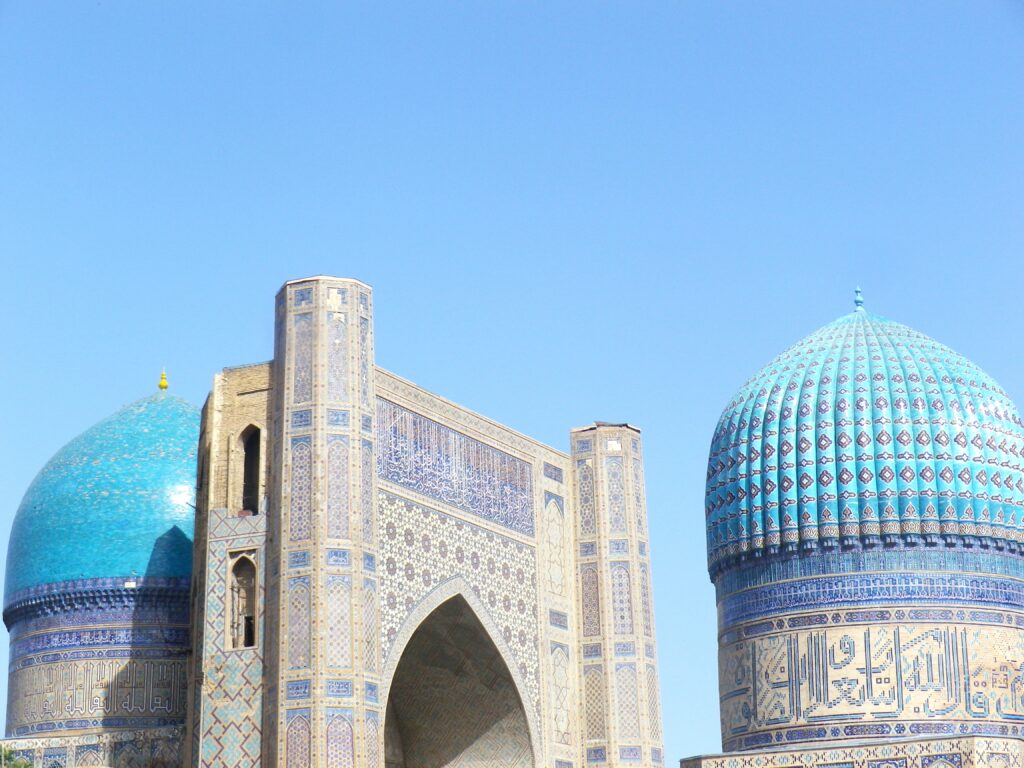Uzbekistan Plans to Restore Khiva’s Outer Fortress, Draw Tourists
The walls of Dishan-Kala, the remnants of a 19th century fortress in the Uzbek city of Khiva, have been deteriorating for many years. Now the Uzbek government plans to restore destroyed sections of the walls, remove some nearby buildings that are cluttering the historical structure and turn the site into a major tourist attraction. The goal is to transform Dishan-Kala, the outer fortress, into a landmark similar to Ichan-Kala, the walled inner town at Khiva that is a UNESCO world heritage site and home to multiple cultural sites, exhibition sites and artisan shops. Some 1 million foreign tourists and 3.5 million local people visited Ichan-Kala in 2024, and it is expected to draw 2 million foreigners and nearly 5 million domestic tourists by the end of this year, the Uzbek Ministry of Ecology, Environmental Protection and Climate Change said in a statement on Tuesday. The new development campaign aims “not only to preserve Dishan-Kala but also to unlock and enhance its full tourism potential,” the ministry said. Uzbekistan’s growing tourism industry depends in large part on its rich historical legacy in places such as Khiva, Bukhara and Samarkand, but the development of the industry has sometimes conflicted with concerns about the preservation of ancient sites. Last year, despite UNESCO’s concerns, Uzbekistan pushed ahead with plans for a big tourist complex next to the historical center of Bukhara, a jewel of medieval architecture in Central Asia. In 2021, UNESCO’s world heritage committee referred to development and tourism pressures in Khiva. It also said it regretted the demolition of large areas of Dishan-Kala, noting that it had served as the residential neighborhood for the fortified inner city and that the links between the two parts of ancient Khiva should be strengthened. Built in 1842, the fortress walls of Dishan-Kala are currently in a state of neglect. Some 2,000 meters of its 6,200-meter wall have been destroyed, and another 2,500 meters are in “critical condition,” the ecology ministry said. “For many years, illegal constructions sprang up around the wall, leaving virtually no space for access or movement along its perimeter,” it said. Photos of Dishan-Kala show trash and piles of debris alongside crumbling walls, in contrast with the well-maintained Ichan-Kala area. The plan is to remove 55 residential and other buildings near the Dishan-Kala walls and install parks, landscaping and a pedestrian alley.


